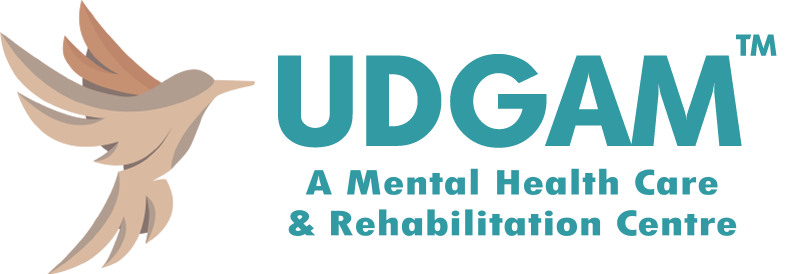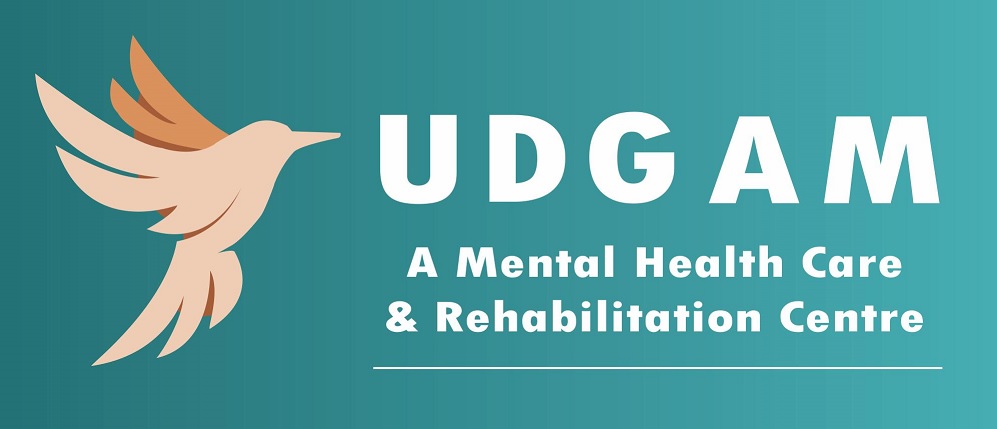Speech Therapy Treatment for Child
Speech therapy treatment at Udgam for a child is a specialized form of therapy designed to address speech and language disorders or delays in children. It focuses on improving a child's ability to communicate effectively, whether that involves improving speech sounds, language comprehension and expression, or social communication skills. At Udgam we engage children in daily day-to-day speech and language activities that bring potential results to a child. We also provide assignments to children and parents at home to bring desired improvement.
Here's an overview of the components of speech therapy treatment for children:
Assessment: The first step in speech therapy is a comprehensive assessment conducted by a licensed speech-language pathologist (SLP). The assessment helps identify the specific speech and language challenges the child is facing. It typically includes evaluating the child's speech sound production, language skills, communication abilities, and any underlying issues, such as hearing impairment.
Individualized Treatment Plan: Based on the assessment findings, the SLP creates a personalized treatment plan tailored to the child's specific needs and goals. The plan outlines the areas to address and the strategies to be used during therapy.
Articulation Therapy: Articulation therapy focuses on improving the child's ability to pronounce speech sounds correctly. The child practices the correct production of sounds through various exercises, games, and activities. This is especially helpful for children with articulation disorders.
Language Therapy: Language therapy targets broader language-related challenges. It can involve activities to enhance vocabulary, grammar, sentence structure, comprehension, and expressive language skills. The SLP may use games, storytelling, and interactive exercises to engage the child.
Fluency Therapy: For children who stutter or have fluency disorders, fluency therapy helps improve speech fluency and rhythm. Techniques like slow and easy speech and strategies to reduce stuttering behaviors may be employed.
Social Communication Skills: Speech therapists work on improving a child's ability to engage in effective social communication. This includes teaching pragmatic language skills, such as turn-taking, making eye contact, and understanding nonverbal cues.
Augmentative and Alternative Communication (AAC): In cases where a child has severe communication difficulties, AAC systems may be introduced. These can include communication devices, sign language, or picture-based communication systems to help the child express themselves.
Parent and Caregiver Training: Parents and caregivers are often encouraged to actively participate in therapy sessions. SLPs provide guidance on how to practice speech and language exercises at home to reinforce progress made during therapy.
Progress Monitoring: The SLP continually monitors the child's progress and adjusts the therapy plan as necessary. The frequency and duration of therapy sessions depend on the child's specific needs and progress.
Collaboration with Schools: If the child is school-aged, the SLP may collaborate with teachers and school professionals to provide support within the educational setting. This can involve developing Individualized Education Plans (IEPs) and providing in-school therapy services.
It's essential for parents or caregivers to seek early intervention if they have concerns about their child's speech and language development. Early identification and therapy can lead to more effective outcomes. If you believe your child may benefit from speech therapy, consult with a qualified speech-language pathologist who specializes in pediatric speech and language disorders. They can assess your child's needs and design an appropriate treatment plan.
Send Message :

